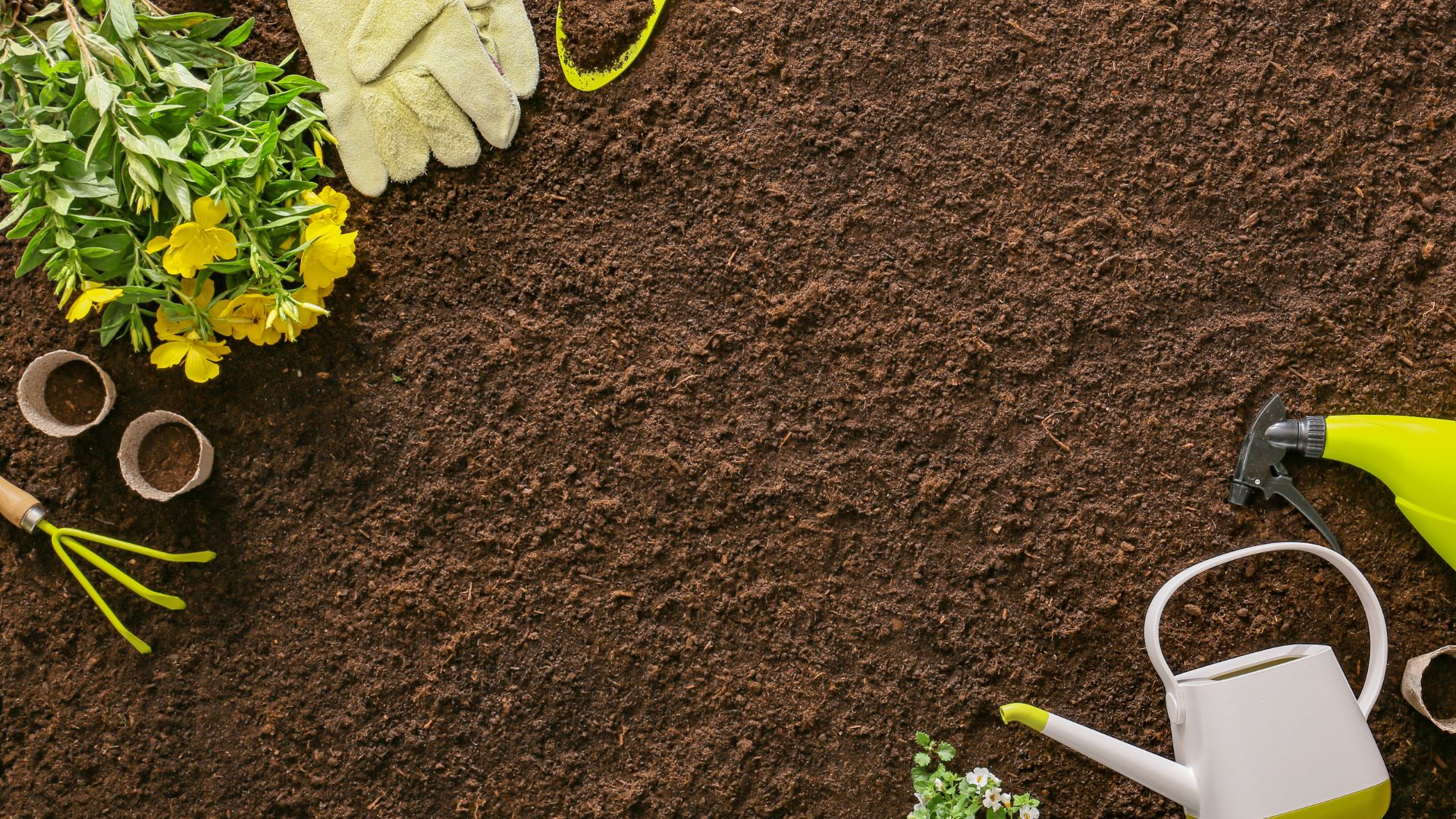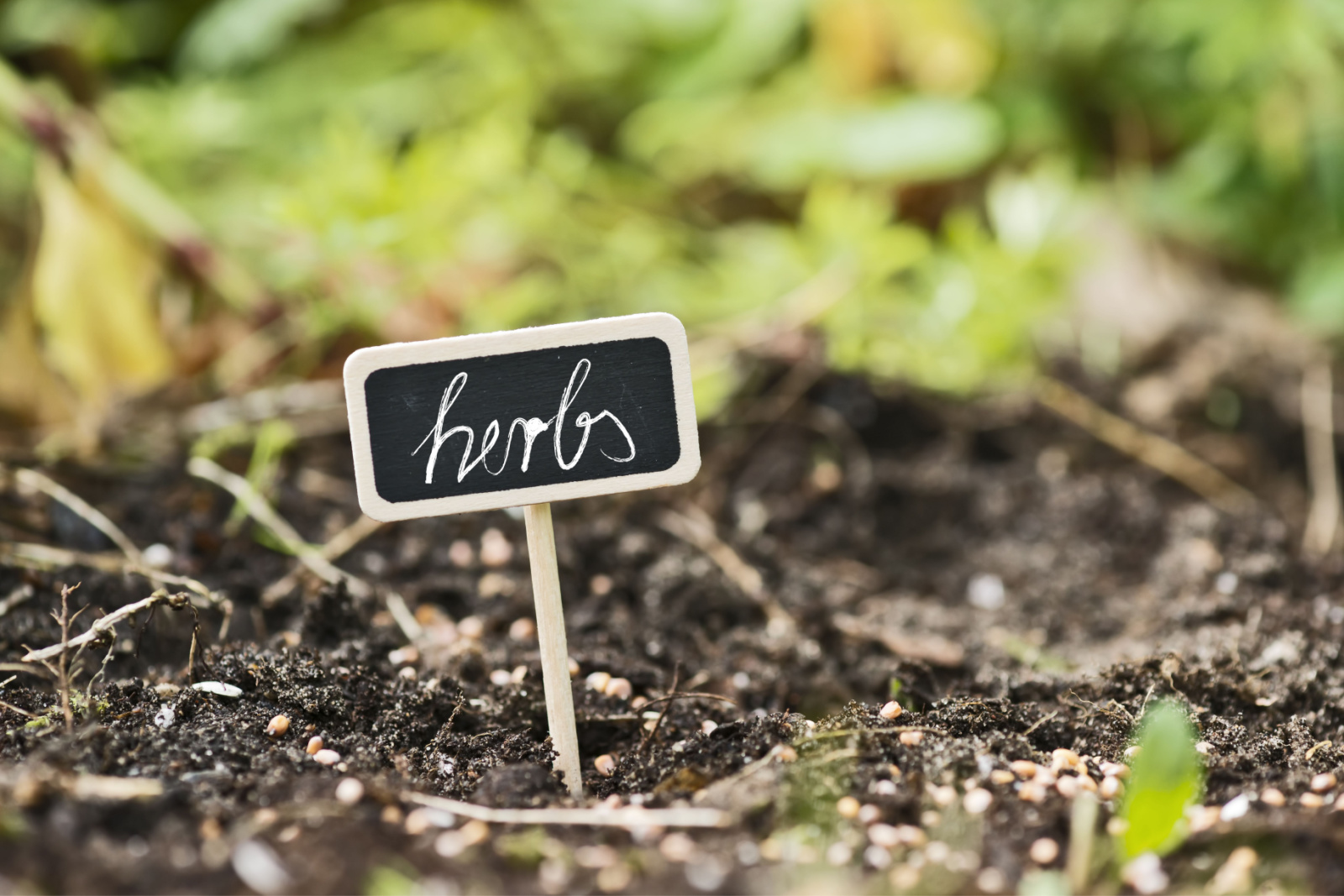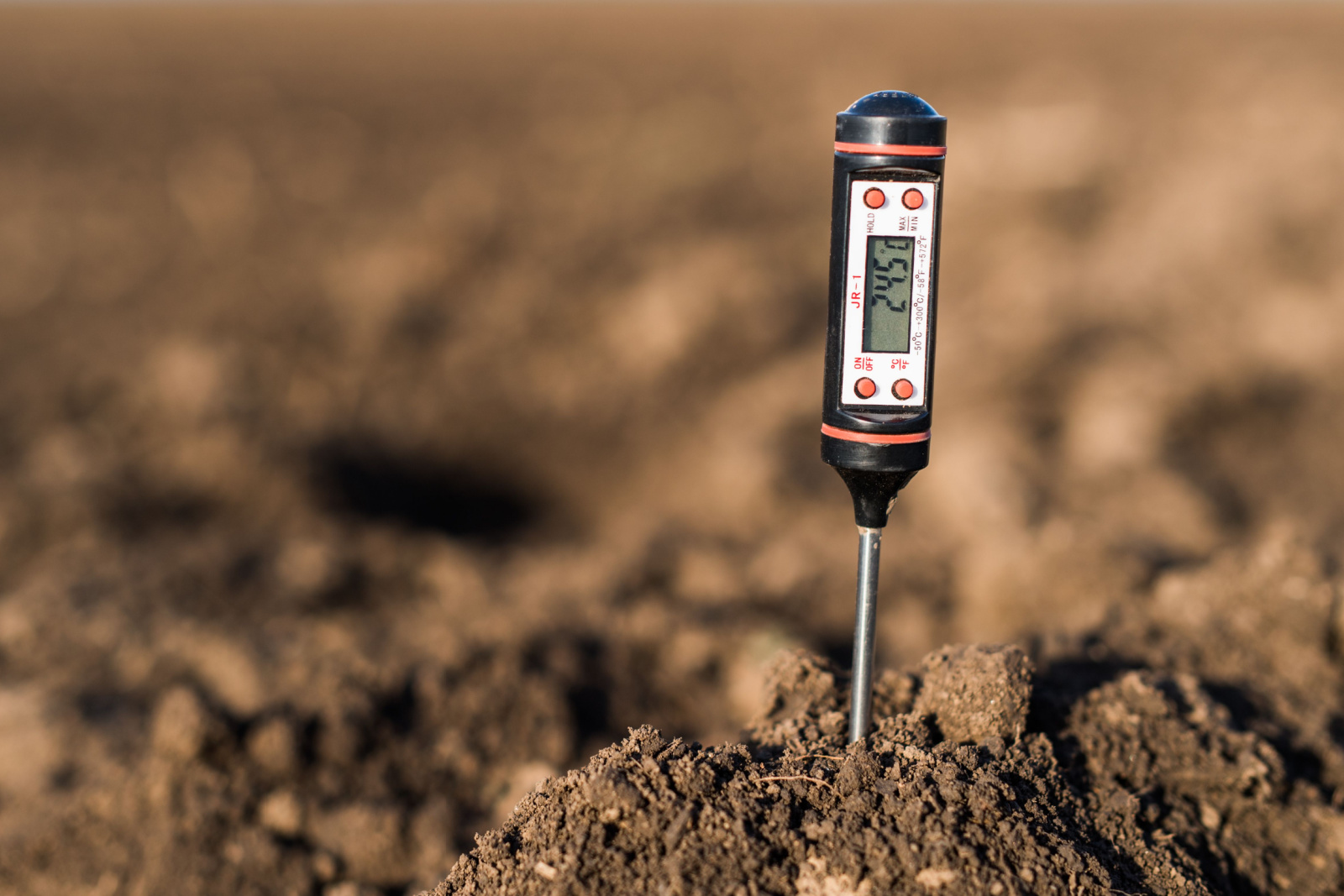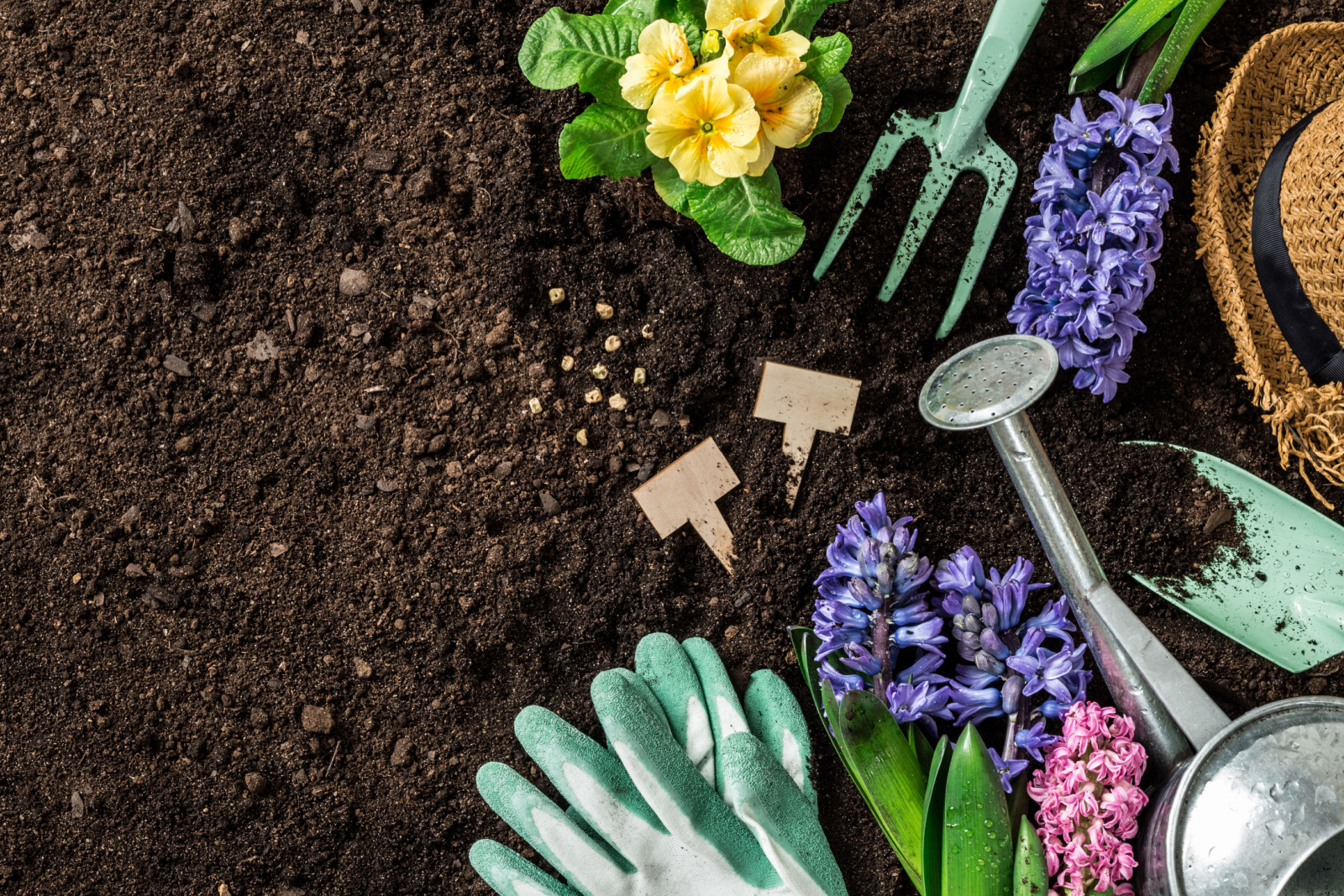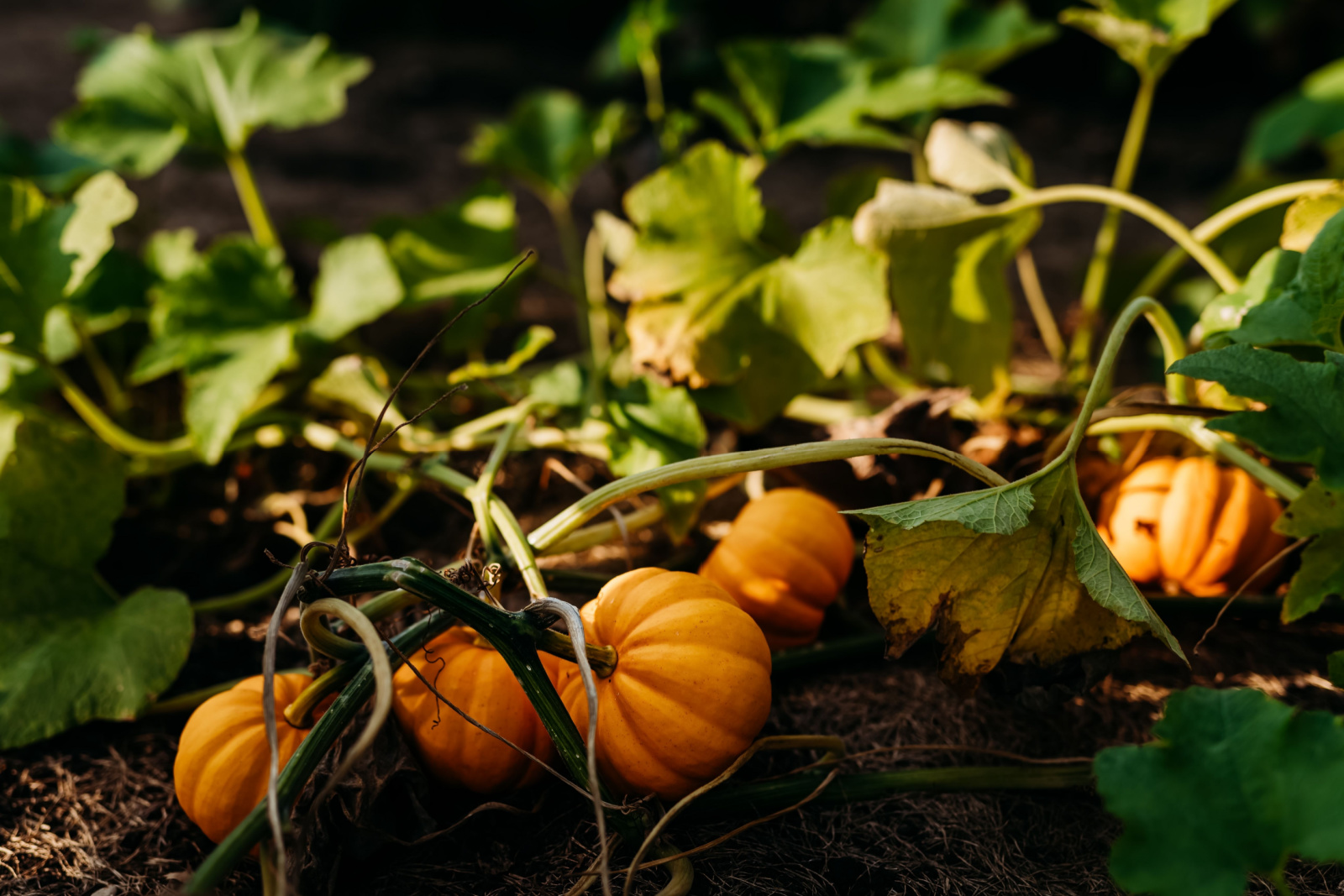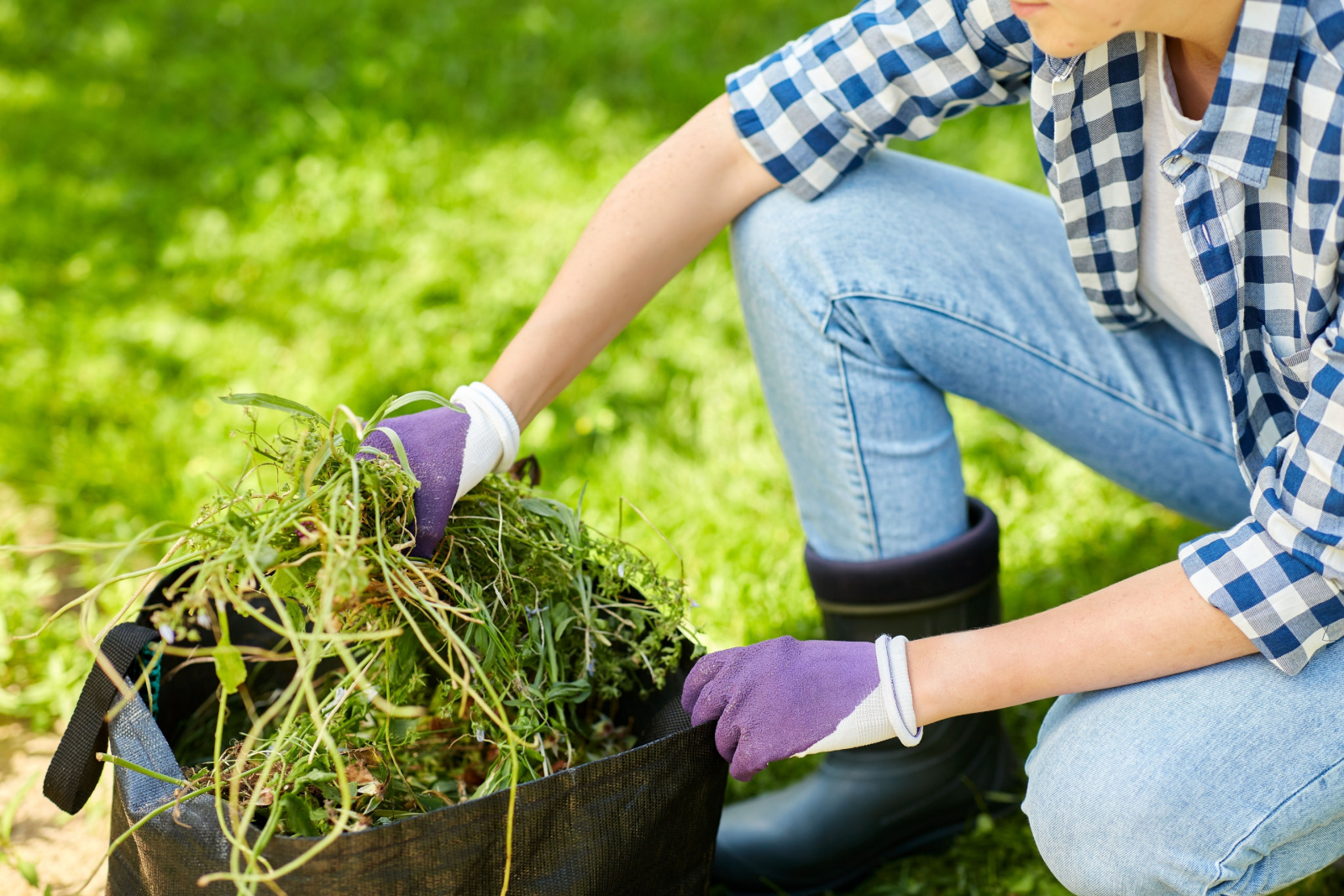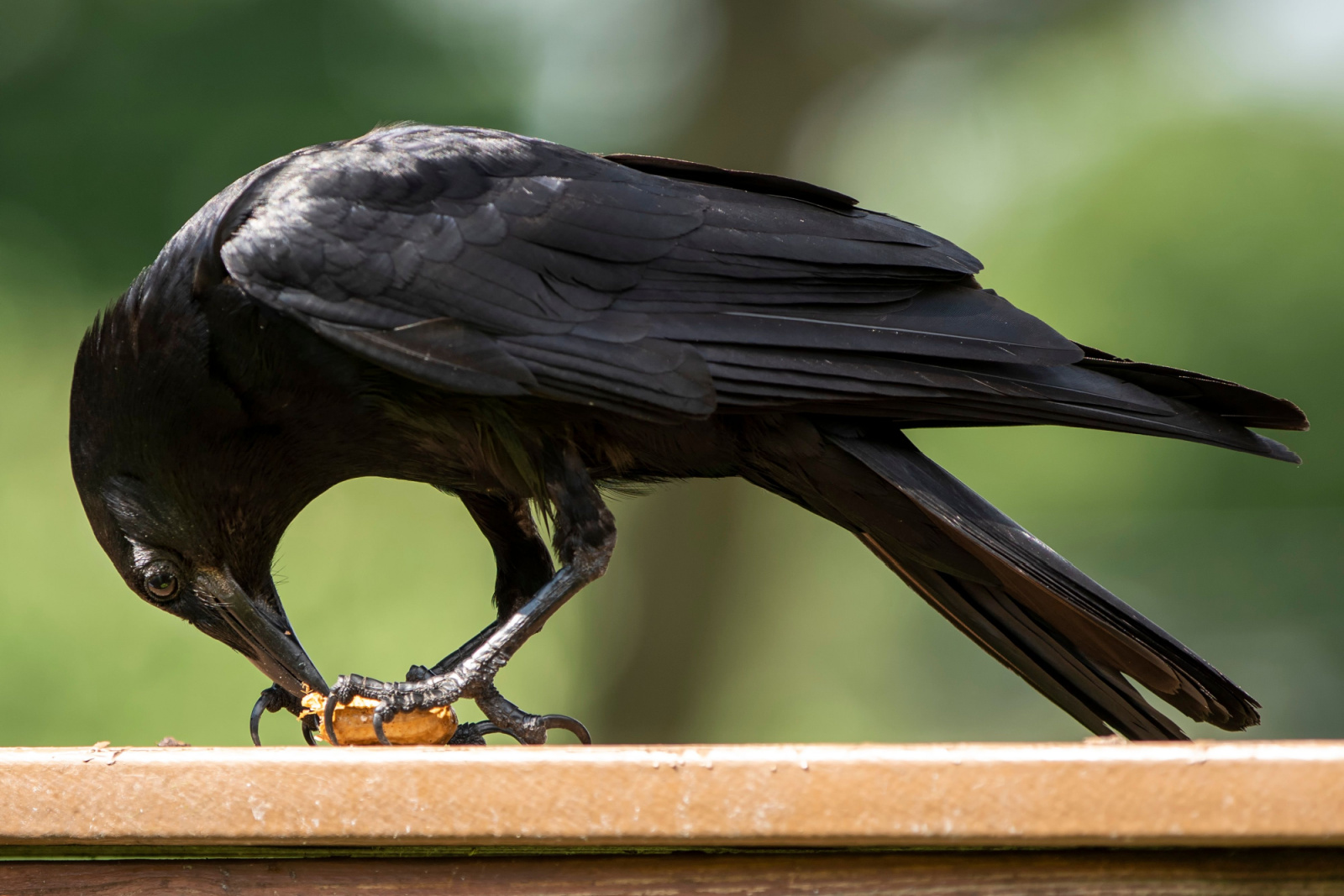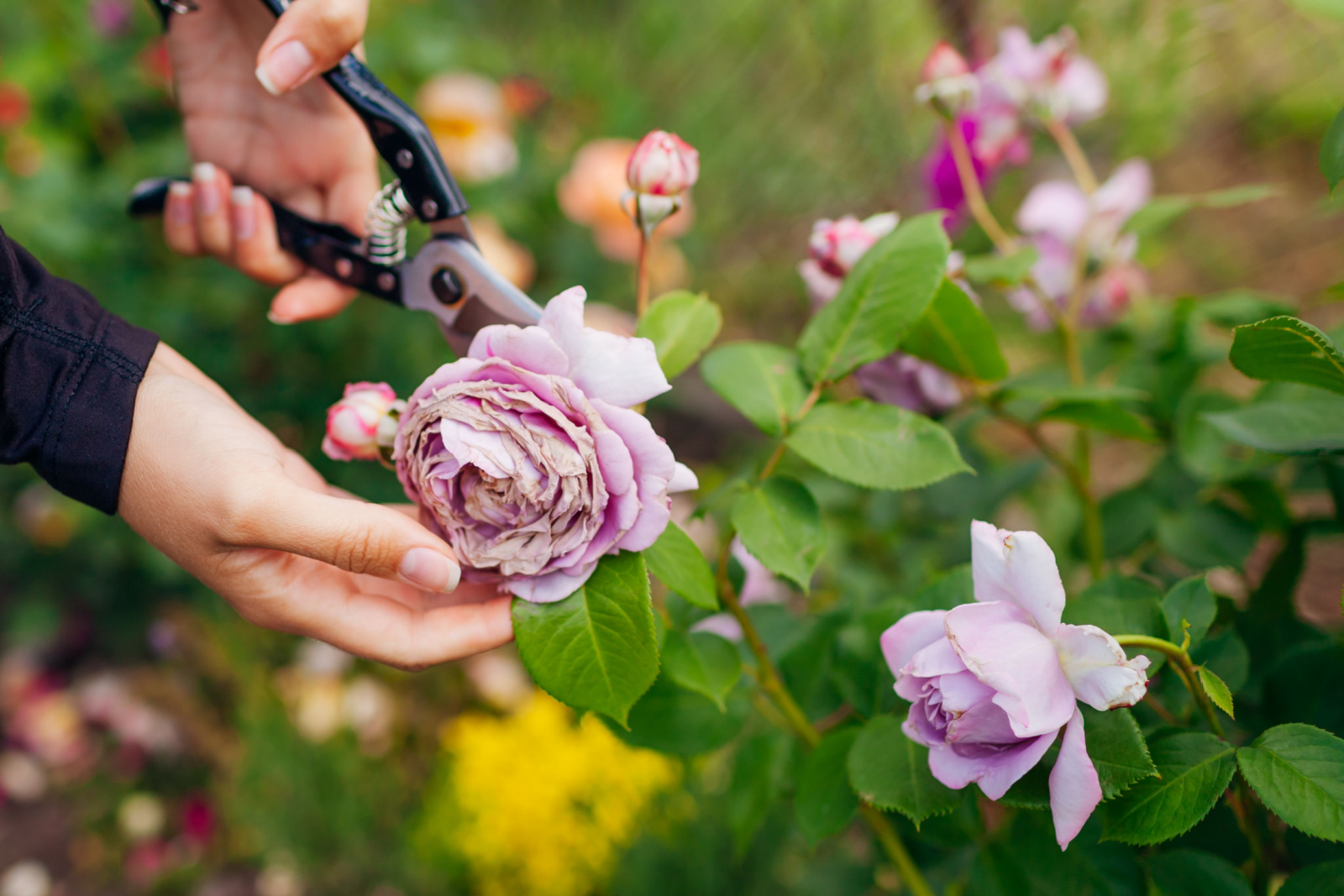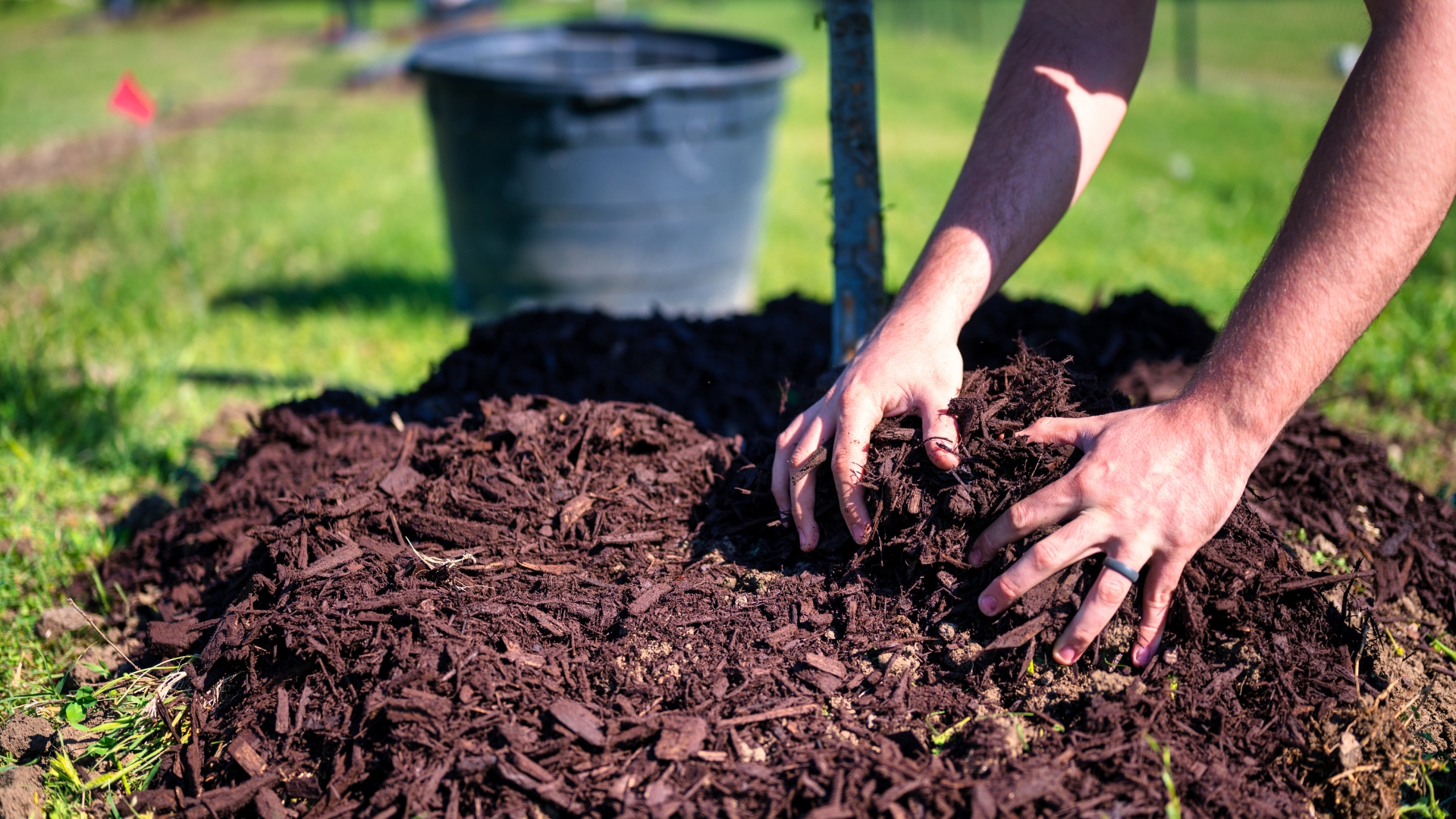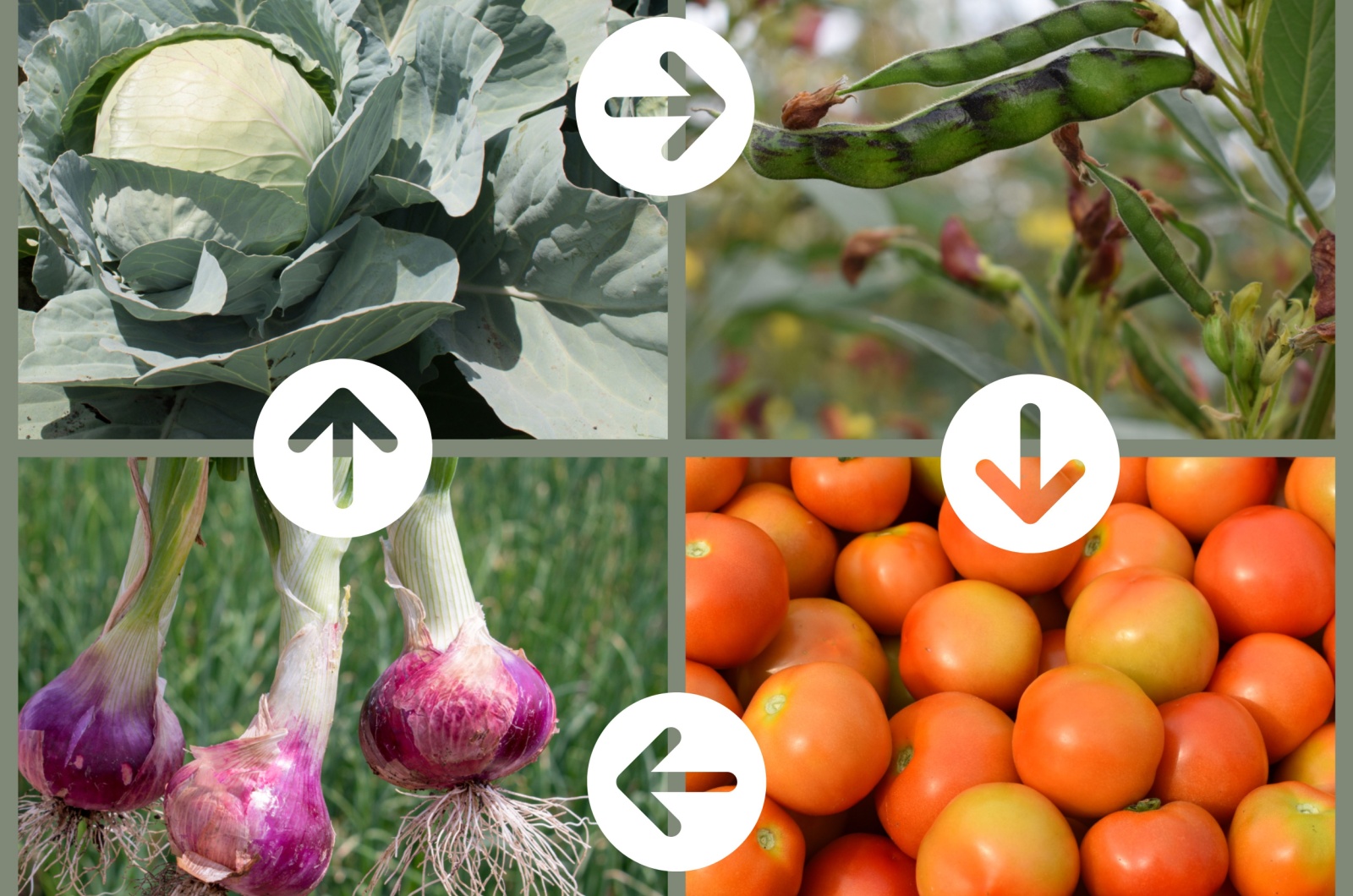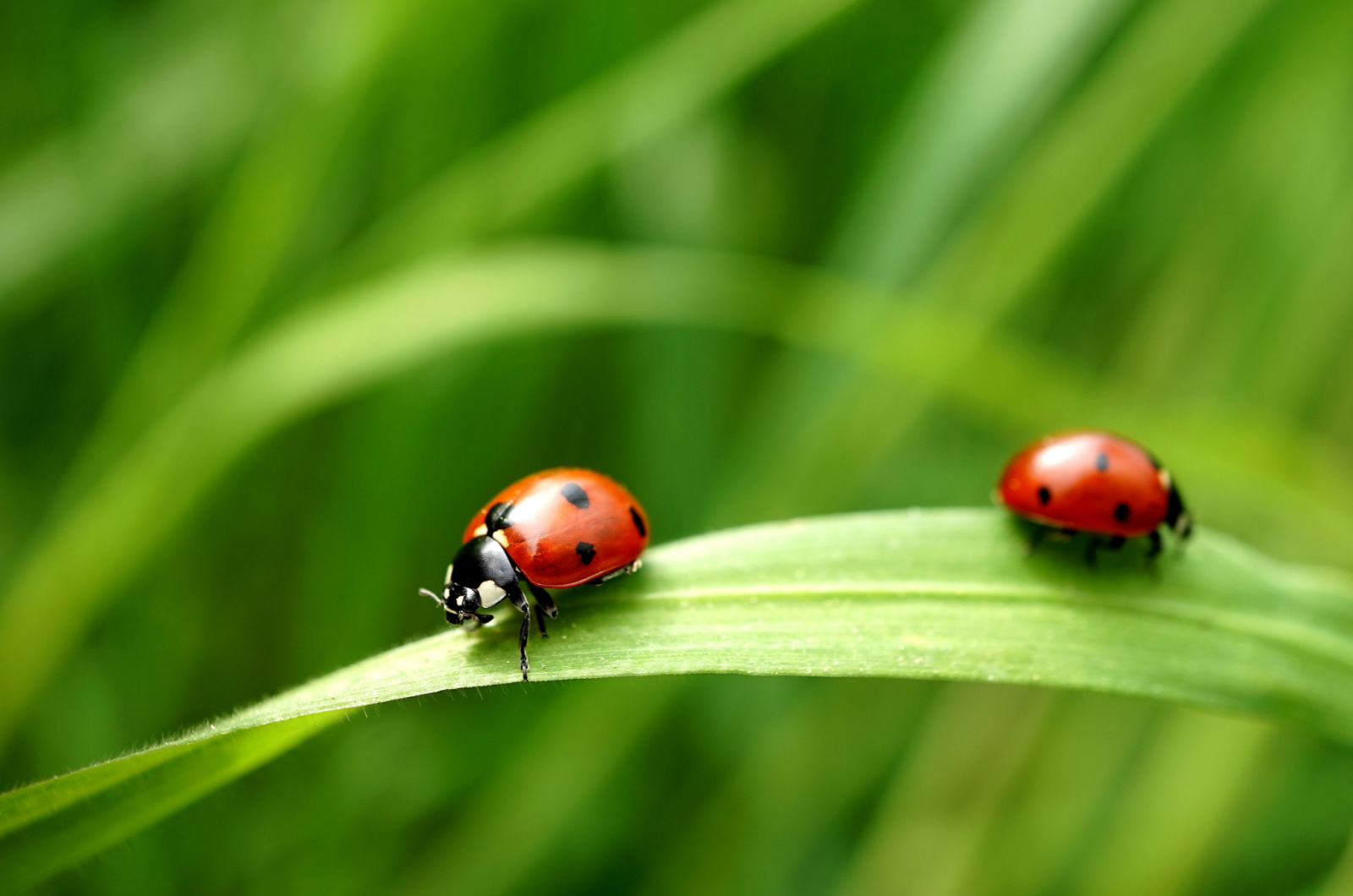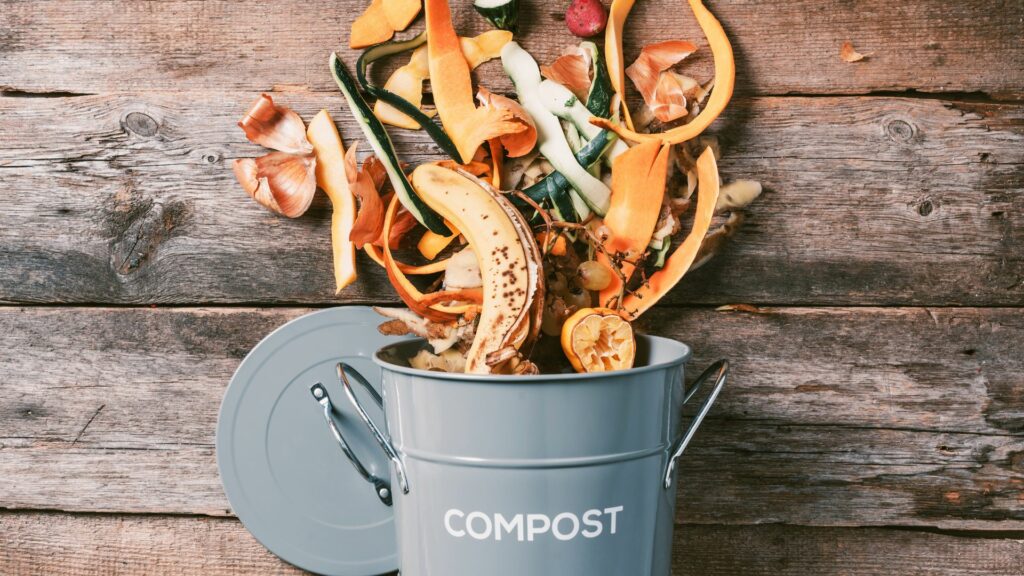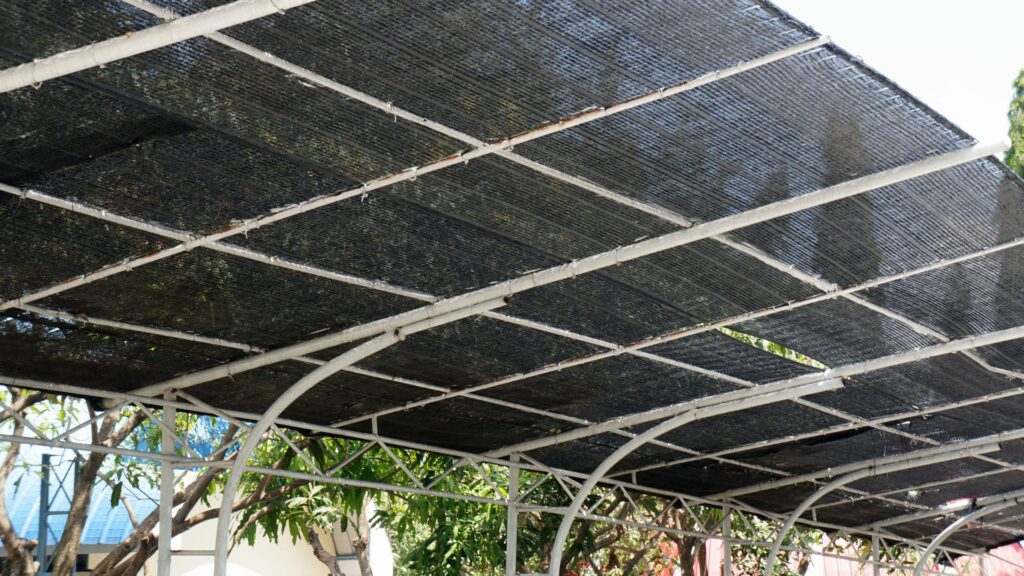There’s nothing more fulfilling than creating and maintaining a garden brimming with life. They’re good for the soil, our mental health, and our plates.
Nothing beats the feeling of harvesting the food you’ve tended for months on end. But healthy gardens don’t grow by themselves.
And there’s more to gardening than scattering some seeds into holes or transplanting veggies into the plot. Plants and veggies require care, attention, and careful planning.
That’s why I gathered these 15 simple things you can do to keep your garden healthy and get a bountiful harvest!
1. Plan The Design
Before planting anything, you have to choose what kind of garden you want: an in-ground, container, or raised bed garden.
The next thing is to understand the light exposure your garden will get and choose the plants that can thrive in such conditions.
You can create a sun chart, which will allow you to fully understand which parts of your garden get full sun exposure and which ones are more shaded.
But if that’s too complex for you, you can just monitor the sun’s movements for a couple of days and write it down.
Finally, make labels for each plant you grow. It’s easy to confuse seedlings and young plants, leading you to accidentally over- or under-water them. Use metal labels as they won’t rot or break because of weather conditions.
2. Test And Amend The Growing Medium
Perfectly fertile and aerated soil is something not many gardeners have. Therefore, your next step of keeping your garden healthy is amending the substrate.
First, test the soil to see what you’re dealing with. Perhaps you only need to add some compost to make it perfect, or you might need to adjust the pH level and use stronger fertilizers.
Shredded leaves and peat moss are great ways to amend soil structure, but will add organic matter once they start decomposing.
Increase moisture retention (or reduce it if you have clay soil), texture, aeration, and fertility and you’ll quickly see the benefits – healthy plants and a large yield.
3. Use Clean Tools
Nature is full of pathogens that can harm your plants, and one way to spread them is by using unclean tools.
Trimming infected plants and digging around them will transfer the pathogens onto your healthy ones if you don’t disinfect the tools you used.
The first step is to remove any visible debris and disinfect the tools. The best option is rubbing alcohol. Household disinfectants may not be as effective and bleach may corrode your tools.
4. Start Trellising
Trellises will transform your garden in more ways than you can imagine. They’ll give your garden a clean look and improve your plant’s health.
That’s because your veggies won’t crawl over the ground where too much moisture can lead to fungal diseases.
The best technique is to put down trellises, stakes, or cages before transplanting your vegetables to avoid damaging their roots.
Some plants, like cucumbers, will grow up the stakes on their own, while you may need to tie some (like zucchini) to the trellis to allow them to climb.
Trellising your vegetables will also allow you to harvest them more easily because you won’t have to bend or kneel in order to pick them.
5. Turn To Companion Planting
Companion planting is a way of growing plants with similar growing conditions together to reap their benefits. The most popular is the three sisters method, where you grow corn, pole beans, and pumpkins.
Corn provides a trellis for pole beans, beans enrich the soil with nitrogen, and pumpkins act as a ground cover, preventing fast moisture evaporation.
You can also grow flowers and fragrant herbs close to your vegetable patch. They will attract numerous pollinators and ensure a large yield.
And if you take a look at the herb companion planting chart, you’ll see that many repel pests and even improve the flavor of their neighbors.
Finally, understanding companion planting can help you know which plants you shouldn’t grow together, helping each variety reach their full potential that way.
6. Monitor Your Plants And Fertilize
The key to a healthy garden is monitoring your plants and staying on top of every issue. That means acting as soon as you notice discoloration, drooping and wilting, or other signs of stress.
These issues usually occur if you over- or under-water your plants or if you don’t give them adequate amounts of sunlight.
Fertilizing is also important. Your vegetables need nutrients in order to thrive, so you should fertilize them according to their needs. Experts and nursery workers can help you choose the right fertilizer and set you up with the best routine.
7. Find A Watering Routine
I always say that having a fixed watering schedule is important, but a good watering routine may be all you need. And that means recognizing the best (and the worst) time to irrigate your vegetables.
The worst times to irrigate your plants are midday and early afternoon and late at night. In the first situation, the moisture would evaporate right out and leave your plants underwatered or even burned.
And in the second one, the plants’ roots and leaves would remain wet for too long, risking root rot and other fungal diseases.
Therefore, always irrigate your garden in the morning or late afternoon, giving them about an inch of water per week.
And never rush headlong into the watering chore. If it rained last night or will later in the day, you don’t have to irrigate your veggies. Let nature do its job and you supplement only the essentials.
Finally, always monitor your plants! This will help you decide when and when not to water them.
8. Get Rid Of Weeds
Weeding is a cause of misery for many gardeners, but it must be done. In fact, it is so troublesome that the first step is to set your mind to it.
Once you do that, you can go ahead and get rid of those pesky weeds. Pouring boiling water over them or using vinegar to kill weeds are effective and practical methods to keep your garden flourishing.
However, these methods can also hurt your vegetables if you’re not careful, so pulling the weeds out is the most difficult and effective method. Just make sure to remove the entire root system, or else the weeds would spring right back.
9. Keep Munchers Away
Did you know that you can use plastic forks to keep animals away from your garden? They’ll keep rabbits, squirrels, and other critters away from your crops.
But they don’t help against birds, so if you have a problem with these flying nuisances picking at your veggies, you might want to try some other methods.
Garden netting and fencing could be of great help here. Bird netting and vegetable mesh are also a great solution.
And the best thing about these materials is that they’ll also keep many insects and pests from nibbling on your veggies’ leaves.
You can also invest in a more permanent solution, such as building fences or starting a raised bed garden.
10. Deadhead Spent Flowers
Deadheading is a key to keeping your flower garden looking neat and healthy. Some flowers clean themselves, while others need our help.
Removing the spent flowers before they go to seed will save plants’ energy and encourage them to produce a new flush of fresh blossoms.
Remember to cut off the entire flower head and don’t use your fingers to do it. You may snap the stem and leave an unclean cut, which may increase their risk of getting sick.
11. Mulch For Moisture And Weed Control
Mulch is a simple yet powerful tool that helps maintain soil moisture, regulate temperature, and suppress weeds. A thick layer of organic mulch, such as shredded leaves, straw, or wood chips, will keep the soil from drying out too quickly and reduce the need for frequent watering.
Mulching also prevents weeds from sprouting by blocking sunlight and making it harder for them to take root. If you want an even more effective solution, lay down a layer of newspaper or cardboard before adding mulch—it will break down over time and improve soil structure.
Avoid piling mulch directly against plant stems, as this can trap moisture and encourage rot. Instead, keep a small gap around the base to allow airflow and prevent issues.
12. Rotate Crops Each Season
Planting the same crops in the same spot year after year depletes the soil and invites pests and diseases that target specific plants. Crop rotation is a simple way to keep your soil healthy and break pest cycles.
The general rule is to avoid planting crops from the same family in the same place for at least three seasons. For example, if you grew tomatoes in a bed this year, plant leafy greens or legumes there next season instead.
Legumes, such as peas and beans, are especially beneficial because they fix nitrogen in the soil, enriching it for future plantings. Keeping track of what you plant and where will make rotation easier and more effective.
13. Encourage Beneficial Insects
Not all bugs are bad—some are essential for a thriving garden. Ladybugs, lacewings, and hoverflies feast on aphids and other harmful pests, while bees and butterflies ensure pollination for better fruit and vegetable production.
To attract these helpful insects, grow a variety of flowering plants, such as marigolds, lavender, and dill. Providing a water source, like a shallow dish filled with pebbles and water, can also encourage pollinators to stick around.
Avoid using chemical pesticides, as they don’t distinguish between beneficial insects and harmful ones. Instead, opt for organic pest control methods to keep your garden ecosystem balanced and productive.
14. Add A Compost System
A compost pile or bin is one of the most efficient ways to reduce garden waste and enrich your soil for free. Instead of tossing kitchen scraps and yard clippings, turn them into nutrient-rich compost that will feed your plants naturally.
You can compost fruit and veggie peels, eggshells, coffee grounds, grass clippings, and dry leaves. Avoid adding meat, dairy, and oily foods, as they can attract pests and slow down decomposition.
Well-aged compost improves soil texture, boosts fertility, and encourages microbial life—all essential for a thriving garden. Turn the pile regularly and keep it moist to speed up the process.
15. Use Shade Cloth During Heatwaves
Excessive sun exposure and high temperatures can stress your plants and cause wilting, sunscald, or stunted growth. That’s where shade cloth comes in handy.
A light, breathable cloth stretched over your crops can reduce sun intensity by 30–50%, protecting tender seedlings and cool-season vegetables during heatwaves.
Choose the appropriate shade percentage for your plant types—lighter cloths for partial shade lovers and heavier ones for sun-sensitive crops. You can remove it during cooler periods or cloudy days to let plants photosynthesize fully again.

